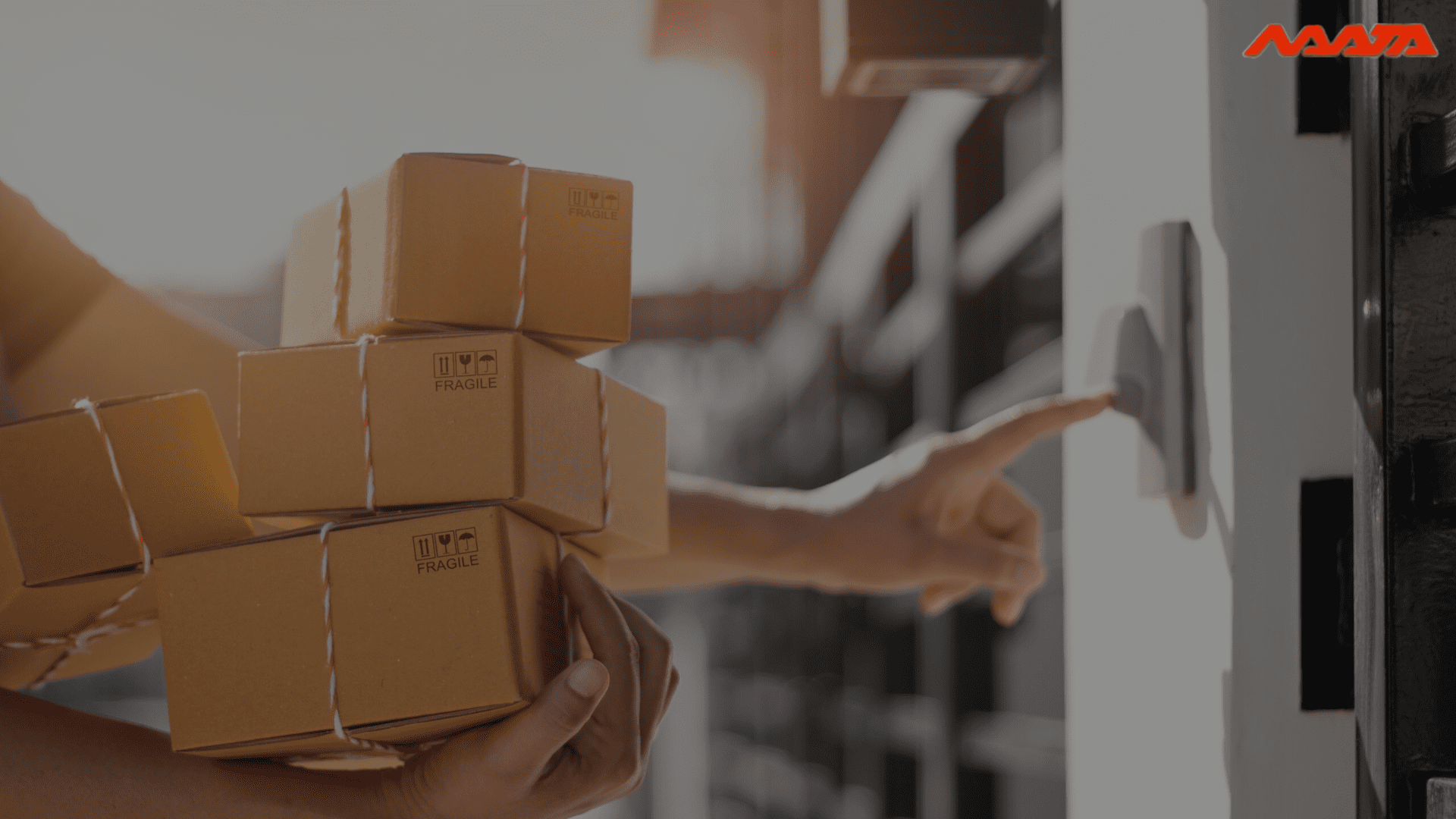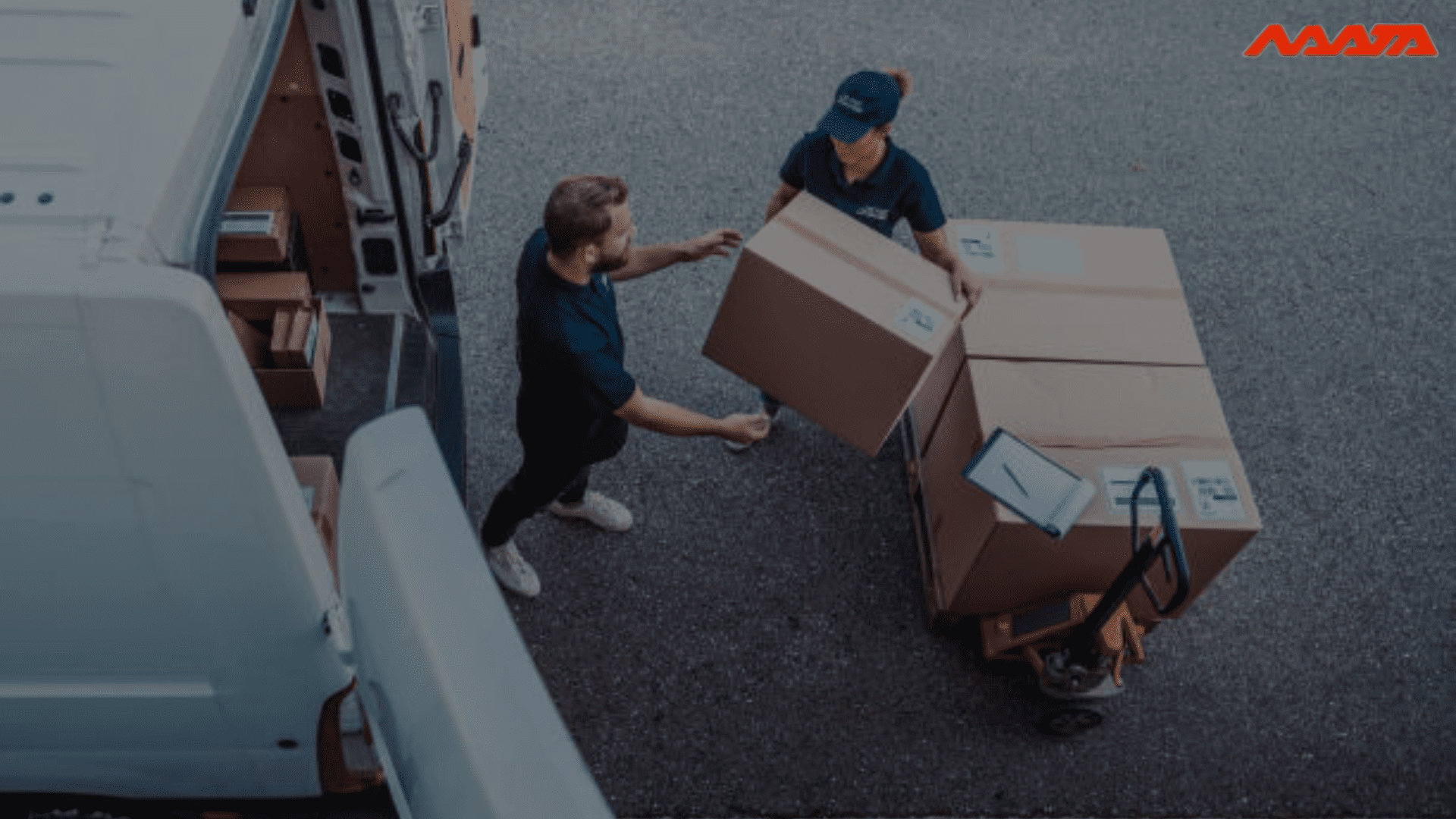What is Last Mile Delivery: Challenges and Solutions
Table of Contents
What is Last Mile Delivery?
Shipping items from a warehouse directly to a customer’s front door is the goal of last mile delivery, sometimes called last mile logistics. Logistics for the final mile seeks to get products to their intended recipients as cheaply, swiftly, and precisely as feasible.
Companies are putting more thought into this vital aspect of delivery in response to rising consumer demand. Whether it’s a customer’s home or a store, the last leg of the supply chain needs to be covered as quickly as possible so that satisfied consumers may be churned out in droves. Since the last segment of a delivery’s travel from a transportation hub to its final destination also tends to be the most expensive part of the journey, optimizing resources along this route should be a top priority.
You Might Also Like To Read: Top 6 Trends In Last Mile Delivery

What are the Last Mile Challenges?
There are many challenges that make supply chain and last-mile delivery operations expensive. Legacy IT infrastructure, inadequate logistics visibility, COVID-19 requirements, and more make same-day delivery difficult to execute. Optimizing last mile delivery will reduce cargo costs, but only if we recognise and fix the problem areas. Let’s review these issues.
1. High Costing
Last-mile delivery costs both businesses and customers. Businesses find it costly to integrate infrastructure to manage increased demand for cost-effective and timely deliveries.
The lack of quality last-mile delivery software complicates the operation. Businesses must budget for complex routes, extra stops, unsuccessful deliveries, driver salaries, and fleet management.
If a package is delayed or fails due to friction in last-mile delivery operations or the supply chain, delivery costs quadruple, and serious losses might follow
55% of shoppers abandon their carts due to rising shipping costs.
Inefficiencies in last-mile delivery can increase cart abandonment, making it hard for enterprises to sustain their delivery operation.
2. Same Day Delivery
More than 80% of customers are willing to pay more for speedier delivery, and meeting this expectation is the largest problem with last-mile deliveries. Inefficient routing techniques, manual task allocation, and inadequate management of third-party logistics providers make it difficult to reduce delivery turn-around time and threaten the shipping process.
Maximizing vehicle capacity is another difficulty. Since same day delivery usually involves few products, the maximizing vehicle capacity is difficult, reducing logistics firm savings. Businesses can’t wait for enough orders to ensure 100% capacity utilization. This is costly.

3. Covid's Impact
The COVID-19 epidemic impacted logistical paradigms and last mile deliveries. Regulations on social distance have modified how items are picked up, delivered, and received. Contactless delivery is an expectation, and why not? It increases social distance compliance. Well, contactless deliveries may seem like a straightforward operation when an executive leaves an item outside a customer’s door, but it’s not.
Companies must let consumers know when deliveries are complete without opening the door. Eliminating cash and card payments is also required. Brands must advise consumers with the latest body temperature of a person and shop workers together with a timestamp to guarantee safety.
4. Delayed or Failed Deliveries
Inability to meet deadlines is a major concern for delivery companies. Delays or failed deliveries may raise operating expenses and reduce earnings if you offer a specific price.
Delays may reduce profitability, harm your brand’s image, and inhibit company development. With more customers requesting same-day delivery, you must minimize friction from your last-mile delivery process to meet consumer expectations.
Timely order delivery requires an efficient and streamlined last-mile delivery environment. You need result-oriented tactics, a devoted team, and sophisticated planning and optimization tools.
5. Efficiency
A large number of final recipients poses a significant logistical hurdle for last-mile deliveries. To provide this kind of service, a huge number of vehicles, each driven by a necessary employee, would be needed.
Only recently, because of technological advancements, have we seen any signs of promise in this industry.
6. Transparency
Consumers always want to know as much as possible about the products they buy. This is especially true in the logistics sector, where traditional firms started employing tracking tags to alert clients about the whereabouts of their packages.
Customers are no longer satisfied with tracking codes in today’s technologically advanced world. They want to know exactly where their delivery is at all times so they can plan accordingly.

You Might Also Like To Read: 8 Key Benefits of Same Day Delivery
How To Solve Last Mile Challenges?
Although resolving these difficulties may seem impossible, doing so will open up a wealth of options and rewards. A corporation may strengthen customer loyalty and boost its image by enhancing its last-mile delivery procedure. Due to the importance of last-mile delivery on customer satisfaction, promptness, accuracy, and efficiency, it also accounts for 56% of all shipping expenditures. Consequently, it is essential to identify means of cutting costs. Last-mile delivery presents unique obstacles for firms, but if they can be overcome and costs reduced, the result will be a competitive advantage.
Possible approaches to the issue of last-mile delivery are outlined below:
1. Plan The Entire Delivery
Pay close attention to the delivery routes, and don’t forget about the last-mile issues that may arise. Maintain open lines of contact with your consumers to enhance their overall experience and lessen their level of irritation should something go wrong.
2. Strengthen the proximity between customers and warehouses
In an ideal world, the final warehouse or distribution facility would be situated closer to the end users. In addition to cutting down on delivery times, costs, and gasoline consumption, this helps save money in the long term. Location of warehouses near areas where most orders are placed helps alleviate the “last mile” delivery issue and provides convenient locations for client pick-up and drop-off. Streamlining and shortening the time spent on inventory management, boosts the return on investment for warehouse operations.
3. Spend money on technology to improve delivery.
In order to make more informed decisions in real time, modern technology is analysing data in real time, hence facilitating process changes. Businesses can improve their return on investment (ROI), save money on operational costs, shorten the supply cycle, and plan highly efficient routes for multiple addresses with the help of these technologies, which integrate machine learning and AI-based solutions for route navigation, driver allotment, etc.
4. Transportation Management System
Supply chain efficiency, transparency, and effectiveness may all be increased with the help of the correct software to manage deliveries. The following characteristics define a reliable software product: It employs route and delivery resource optimization, automates vehicle dispatch operations, keeps tabs on packages being sent, keeps in touch with consumers, and can even provide evidence of delivery.
5. System of Ordering Online and Picking It Up Later
Customers may choose a nearby location and a time that is most convenient for them to pick up their orders, making this a kind of centralized fulfillment and delivery. By placing part of the onus for cost reduction on the shoulders of the customer, this strategy cuts down on travel time, simplifies delivery routes, and streamlines operations.
6. Crowdsourced delivery
Local drivers will be in charge of delivering packages to customers in their area. Because the couriers utilize their own cars, this approach has the added advantage of being fast, resulting in fewer unsuccessful deliveries and more customer satisfaction.
7. Real-time customer communication
Customers in the modern day want more pliable delivery options since they are often not there when packages are delivered. Therefore, buyers must be kept abreast of their package’s progress through timely updates during shipment. This is helpful for both the client and the driver since it increases the likelihood that the customer will be available during normal business hours.
Thanks For Reading: Last Mile Delivery: The Complete Guide
Powered By 360Presence
Leave a Replay
Solve Last Mile Challenges Solve Last Mile Challenges




